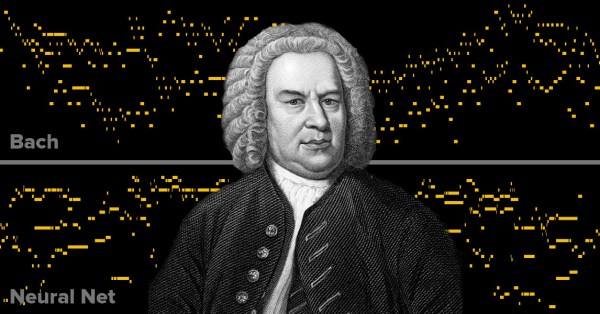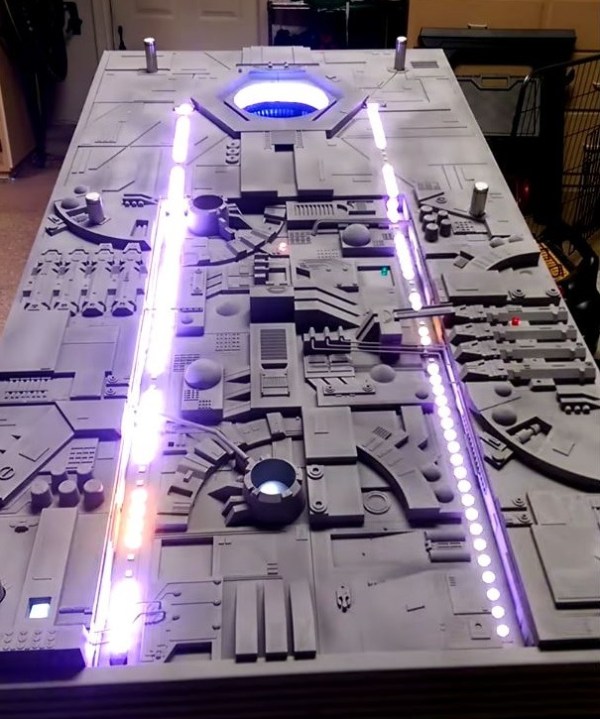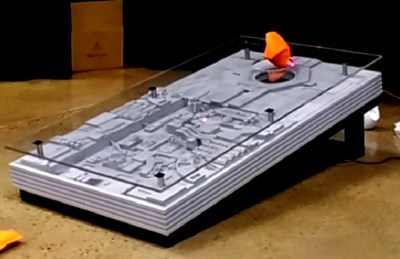Solar cells have gotten cheaper and cheaper, and are becoming an economically viable source of renewable energy in many parts of the world. Capturing the optimal amount of energy from a solar panel is a tricky business, however. First there are a raft of physical prerequisites to operating efficiently: the panel needs to be kept clean so the sun can reach the cells, the panel needs to point at the sun, and it’s best if they’re kept from getting too hot.
Along with these physical demands, solar panels are electrically finicky as well. In particular, the amount of power they produce is strongly dependent on the electrical load that they’re presented, and this optimal load varies depending on how much illumination the panel receives. Maximum power-point trackers (MPPT) ideally keep the panel electrically in the zone even as little fluffy clouds roam the skies or the sun sinks in the west. Using MPPT can pull 20-30% more power out of a given cell, and the techniques are eminently hacker-friendly. If you’ve never played around with solar panels before, you should. Read on to see how!
Continue reading “Are You Down With MPPT? (Yeah, You Know Me.)”




 Designed and built by [
Designed and built by [









